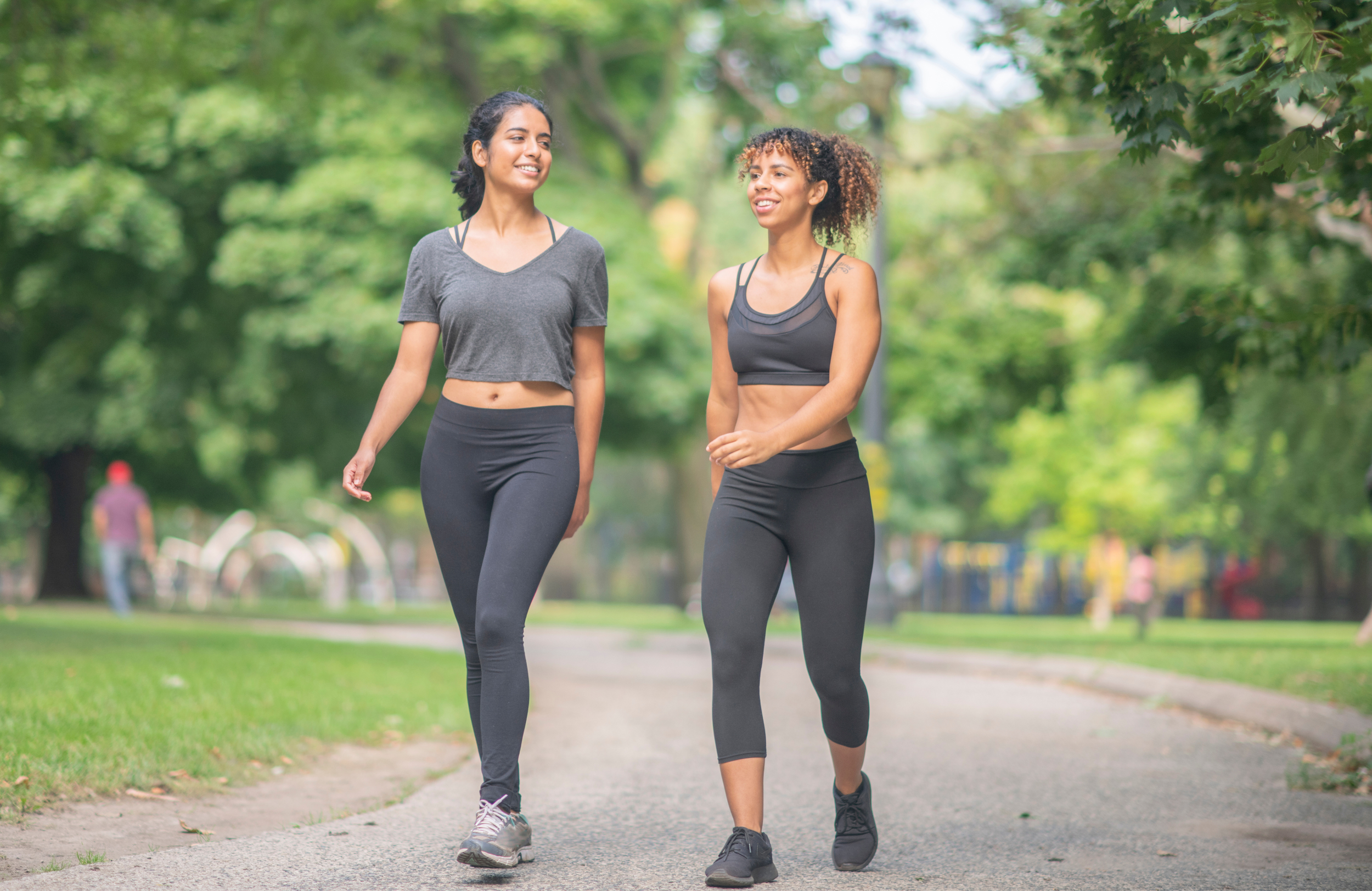Volume. Intensity. Recovery. The three forces that reshape your capacity—if you know how to time them.
Jump to Section:
First Came the Long Runs. Then the Suffering. Then the Confusion.
In the 1960s, Finnish runners dominated endurance sports—logging 100+ mile weeks, year-round, often in silence. Training was long. Deliberate. Monotonous.
In the 1980s, the “no pain, no gain” era took over. Aerobics. Intervals. Sweat-as-status.
By the early 2000s, HIIT exploded. Thirty seconds on, thirty seconds off. Burn fat fast. Feel the spike.
Now? Zone 2 is trending. Podcasts preach nasal breathing. Recovery gets more airtime than strain. Light exposure and sleep are the new macros.
But still—most people are confused:
Should I push harder or go longer?
Is soreness the signal?
What does VO₂ Max actually tell me?
So they toggle.
A Peloton ride here. A CrossFit WOD there.
Some red light. Some rucking. Some guesswork.
The problem isn’t effort.
It’s inconsistency.
And biology doesn’t respond to randomness.
That’s where VO₂ Max becomes useful—not as a badge, but as feedback.
VO₂ Max: Not Just Fitness—Reserve Power
VO₂ Max is your maximum oxygen consumption—how much oxygen your body can transport and use at peak demand. It’s a snapshot of systemic power:
Lungs draw in oxygen
Heart pumps it
Blood vessels deliver it
Mitochondria use it
It doesn’t just track how fit you are.
It reflects how well your biology performs under pressure—a direct measure of reserve capacity.
And it’s not fixed. It’s trainable.
The Purpose of This Protocol
This is a primer, not a prescription. It introduces three levers anyone can explore to improve VO₂ Max:
Zone 2 training – builds your base
Intervals – raise your ceiling
Recovery – integrates the signal
Whether you’re:


